2021-05-26 Total Lunar Eclipse Photography Guide
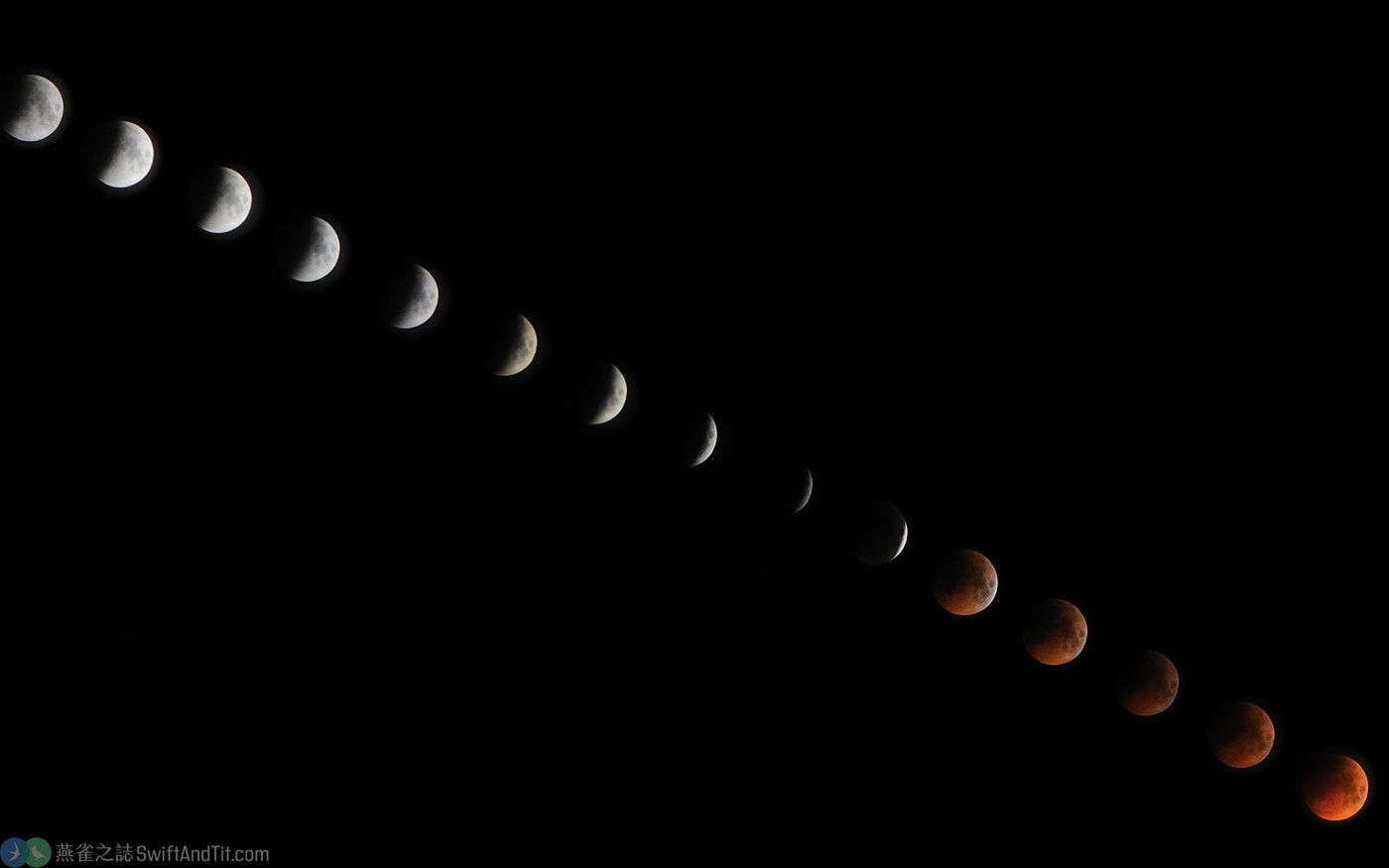
On May 26 this year (2021), in Taiwan, you can enjoy the simultaneous occurrence of the largest full moon and total lunar eclipse of the year! In this total lunar eclipse, the moon just passed the northern edge of the earth's umbra, so the total eclipse occurred in a very short time, only 18 minutes. The regions where the lunar eclipse can be observed throughout are Oceania, central and eastern Australia, New Zealand and other places. Since the lunar eclipse has already begun at the time of the moonrise in Taiwan, only the lunar eclipse can be observed.
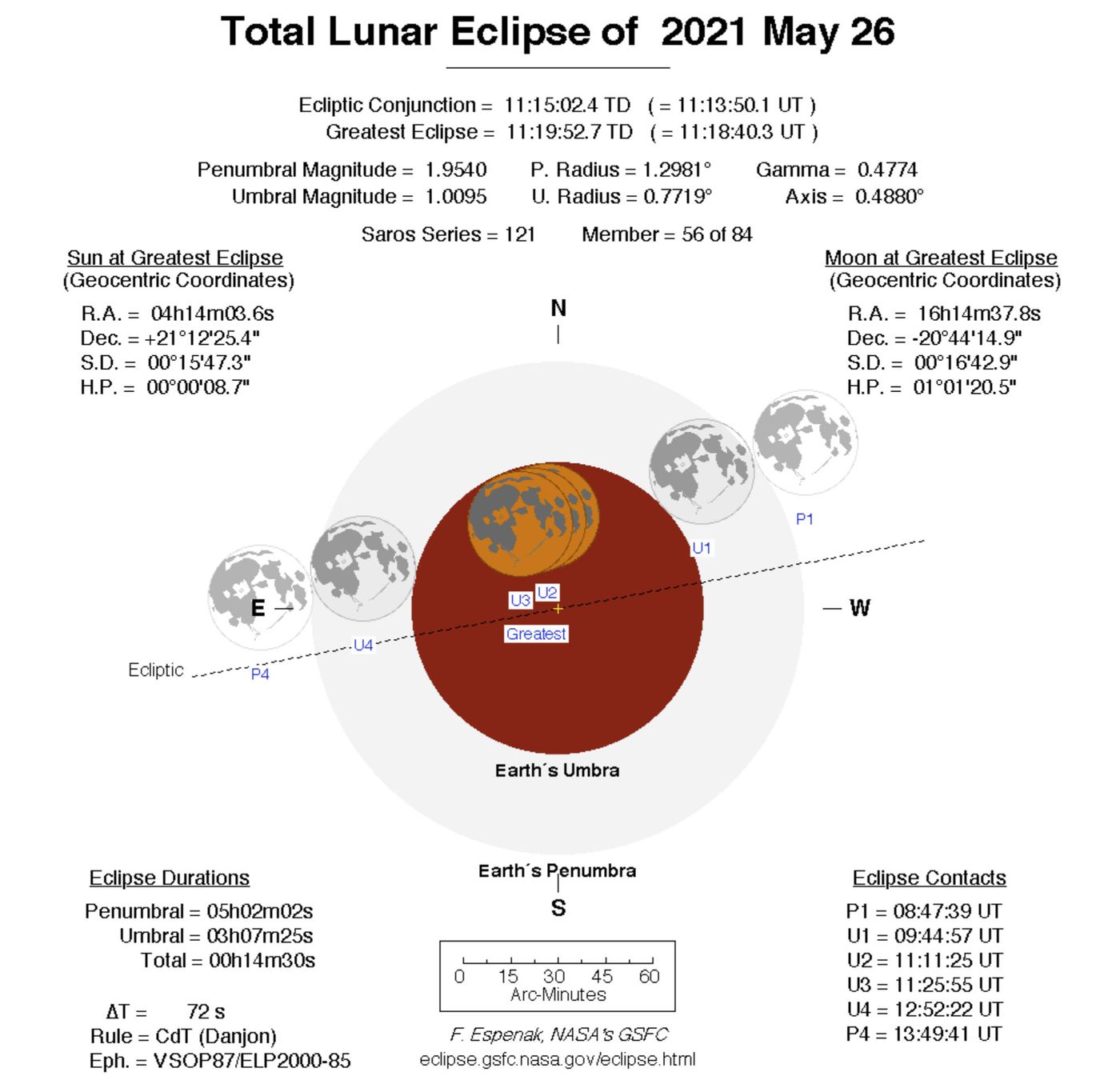

In the face of rare astronomical phenomena, friends who like photography will definitely want to record them with their own cameras. How exactly do you plan to photograph this total lunar eclipse?
choice of location
This total lunar eclipse can only be observed in Taiwan with a lunar eclipse, so when the moon just rises from the ground, the lunar eclipse has already begun, and because the total lunar eclipse is short, it will start at 19:09 , the total eclipse period is only 18 minutes, and when the total eclipse ends (light generation) at 19:28, the elevation angle of the moon is only about 10 degrees. Therefore, when choosing an observation location, the most suitable place is a place with a vast and unobstructed view of the east.
However, due to the resurgence of the COVID-19 epidemic in Taiwan, I think the safest place should be the roof or balcony of my house, otherwise it would be good to watch the live broadcast.
2021-05-26 Observation time of the moonrise with eclipse in Taiwan (Data source: Central Meteorological Administration astronomical forecast) Time zone UTC+8
The phenomenon of time, azimuth and elevation angle shows that the penumbral lunar eclipse begins at 16:46.2 before the moon rises and the moon enters the penumbra of the earth, and it begins to be slightly dark and at the beginning of the loss (partial eclipse begins) 17:44.6 before the moon rises and the moon gradually enters the umbra, and the moon gradually enters the umbra. There are missing corners at the beginning of the moonrise 18:28 ~ 18:4312.90 The lunar surface with large missing corners rises from the east (total eclipse begins) 19:09.4116.75.9 The moon all enters the umbra (dark red moon surface) The eclipse is even 19:18.7117.87.7 The moon At the time of the deepest shadow, the light is generated (the end of the total eclipse) 19:28.0118.99.4 The moon begins to leave the umbra and returns to the circle (the end of the partial eclipse) 20:52.8131.324.5 The moon all leaves the umbra, and the lunar surface returns to a circular penumbral eclipse End 21: 51.2142.633.1 Lunar eclipse phenomenon ends
There are several ways to take pictures of the lunar eclipse
expand photography
Using a telescope or a lens with a long focal length, take direct pictures of the changes in the moon during the lunar eclipse. Generally speaking, to shoot a full moon with a 35mm camera (full frame camera), the focal length needs to be more than 1000 mm, but fortunately, the pixels of the current cameras are very high, so use a 500-800 mm lens to crop it again not bad.

However, during the lunar eclipse, the brightness of the lunar surface changes continuously with the eclipse minutes, and the exposure is not easy to grasp. You can choose spot metering to measure the brightness of the lunar surface to adjust at any time. After the shooting, the moon at each time point can be combined to completely record the process of the lunar eclipse.
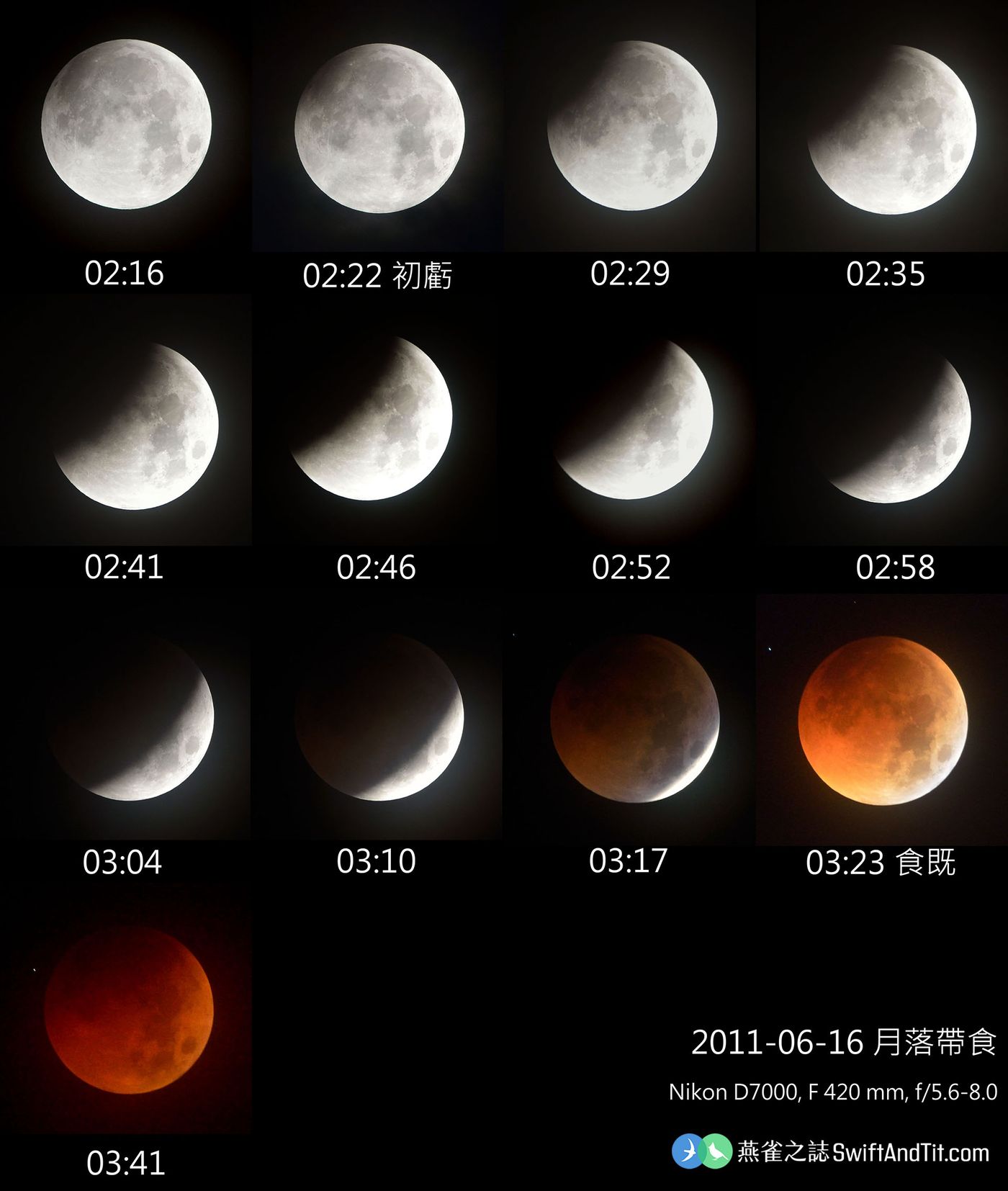
Stationary photography with landscape
The elevation angle of this lunar eclipse is very low. You can also try to shoot with ground scenes, buildings, or local landmarks, and you can get some good results. But I am afraid the biggest variable is the low-altitude clouds. Like this 2015 moonrise with eclipse, the original plan was to let the moon and the landmark Xiluo Bridge into the mirror together, but the moon was hiding in the clouds when it was low in the sky, so I couldn't capture the picture in my mind.
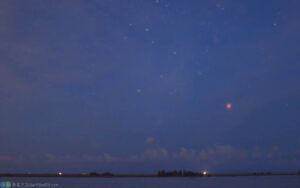

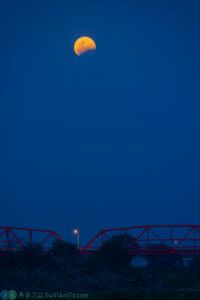



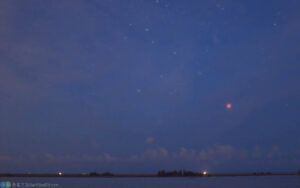
intermittent photography
Intermittent photography is to take pictures at a fixed time after setting the camera's shooting angle, and then use repeated exposures or composite a picture to show the changes and positions of the moon during the lunar eclipse.
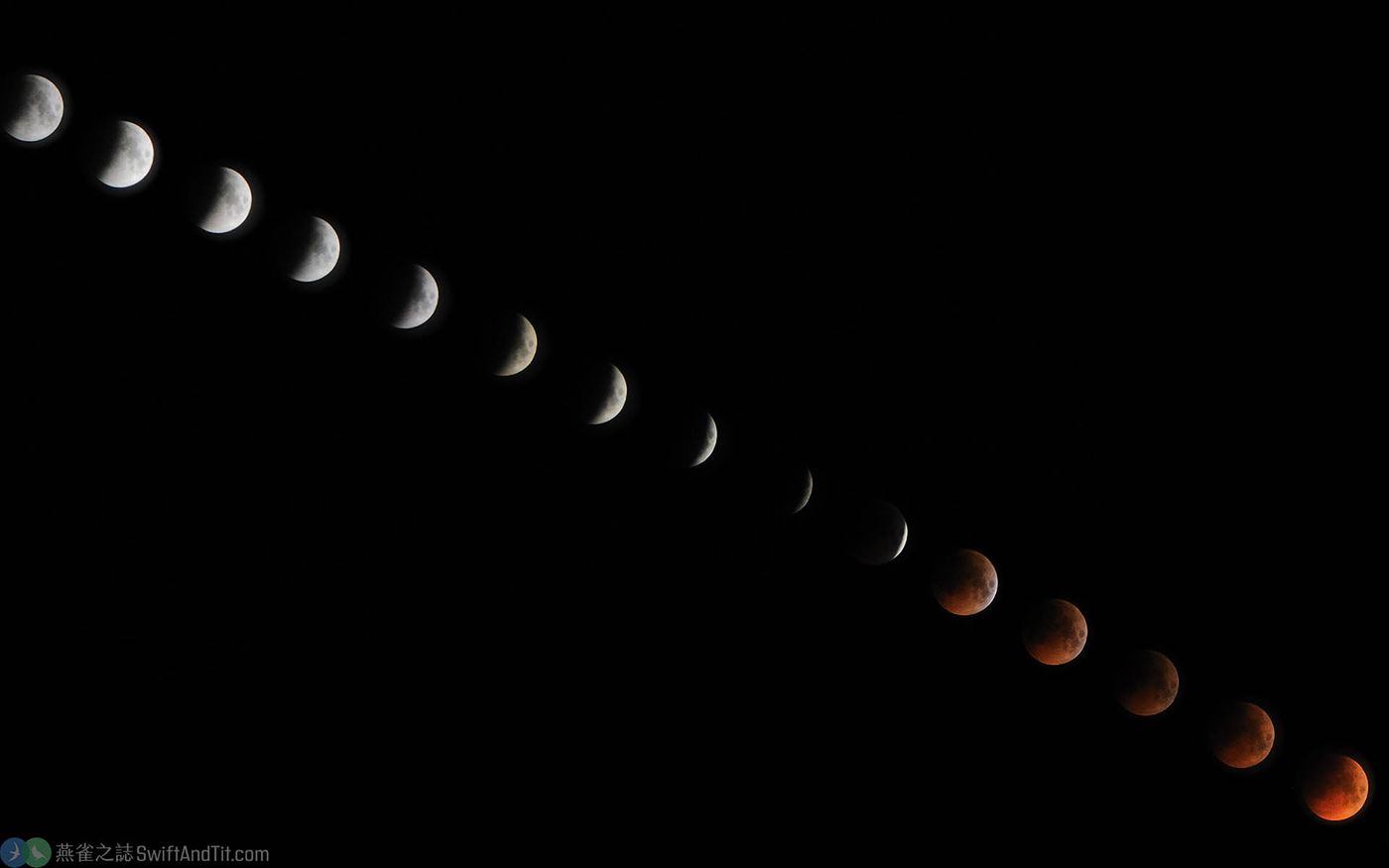
However, in order to shoot intermittent photography, the angle and framing of the camera and lens at the beginning are very important, so advance planning is very important. How exactly do you plan to shoot a total lunar eclipse?
I recommend you a useful tool here: Stellarium
Stellarium is a set of open source starry sky simulation software, which can simulate the starry sky very realistically. It is cross-platform and completely free. It is a must-have software for every astronomy enthusiast. After downloading and installing it from the website, you can see such a picture when you enter the program. Is it very real?
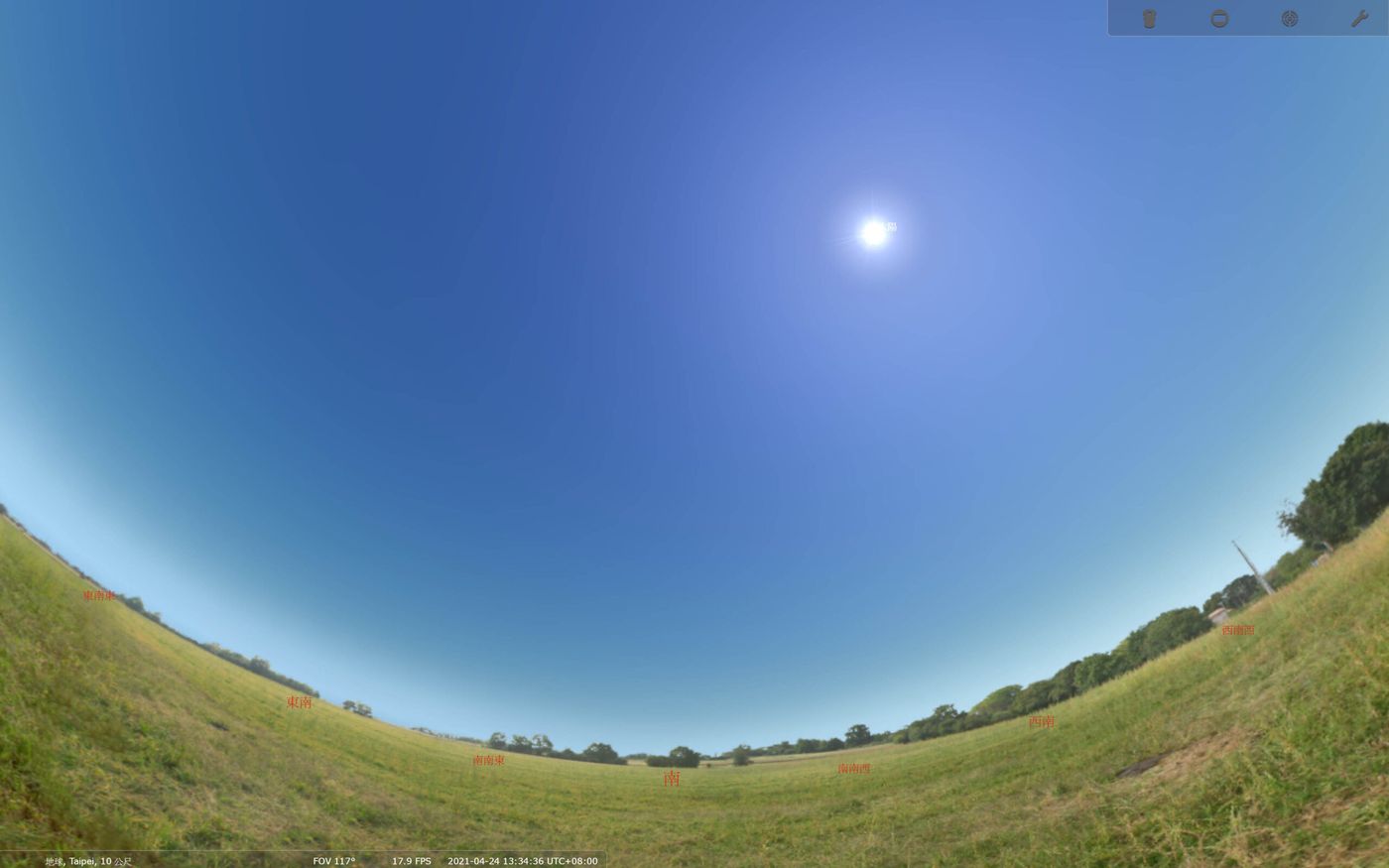
Before starting, you can click the observation location (fast key F6) menu on the left, and first set the location (or book the observation location), we set it as Taipei here.
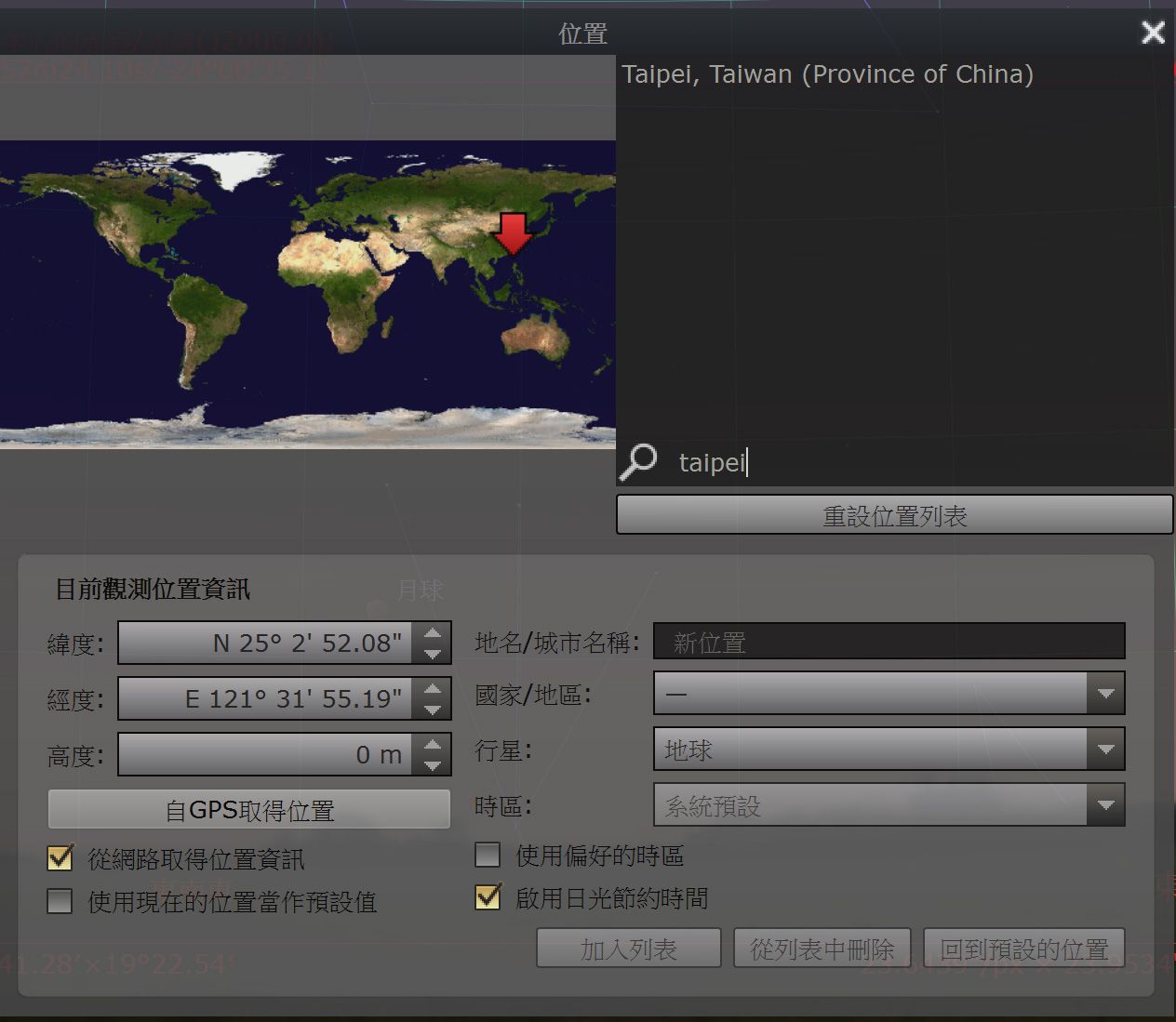
Then use the date/time (quick key F5) menu to set the date/time of the total lunar eclipse around 2021-05-26 18:30. You can see that the moon has just risen from the ground level at this time.

In addition to simulating the starry sky, Stellarium also has the function of simulating the telescope screen. You can click the third button in the upper right corner (the one that looks like a helmet). Set the camera model and lens focal length you are using. It doesn't matter if you can't find the model you are using, as long as you choose a model with the same sensor size (like D850, choose D3/D700)
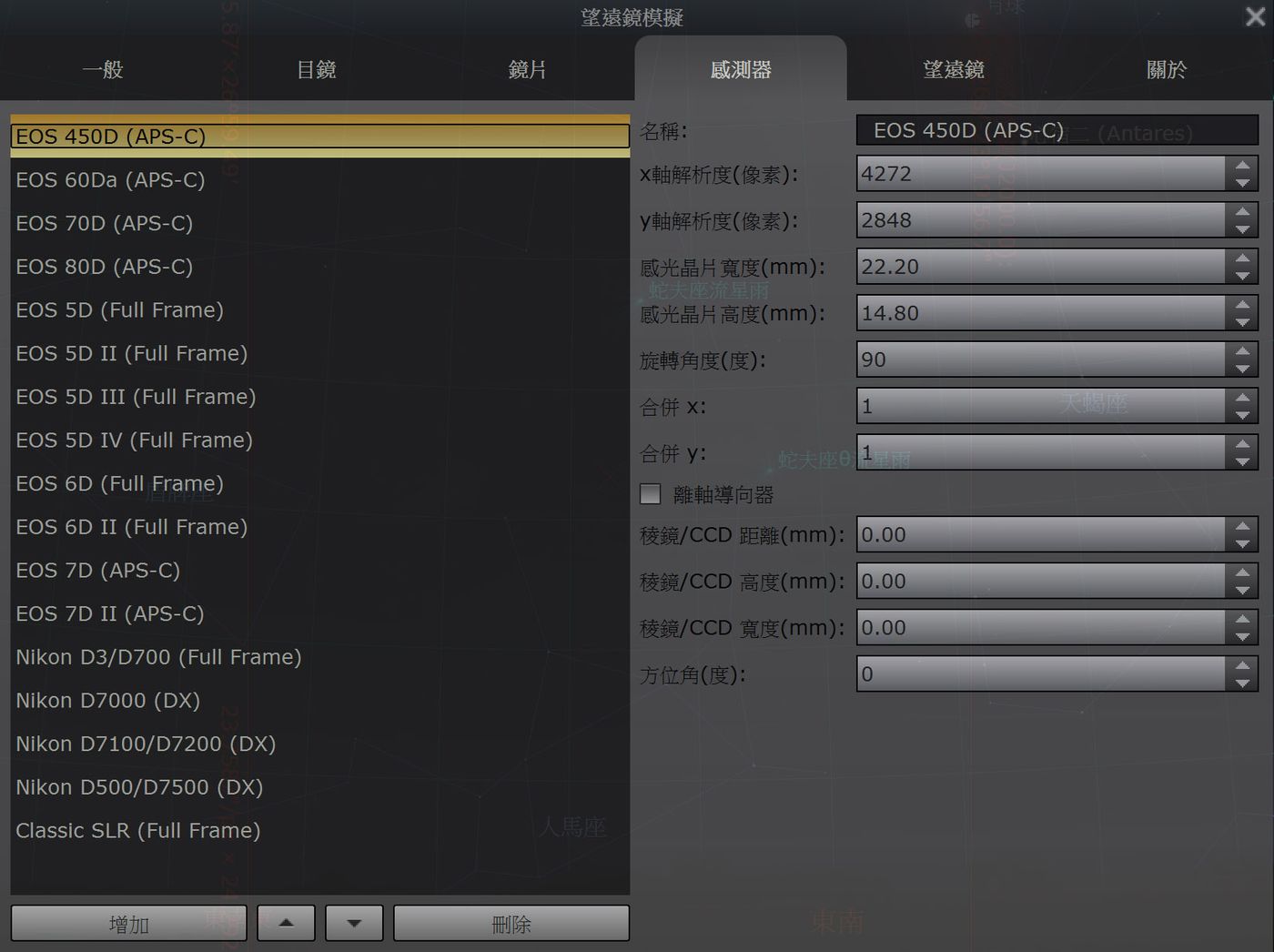
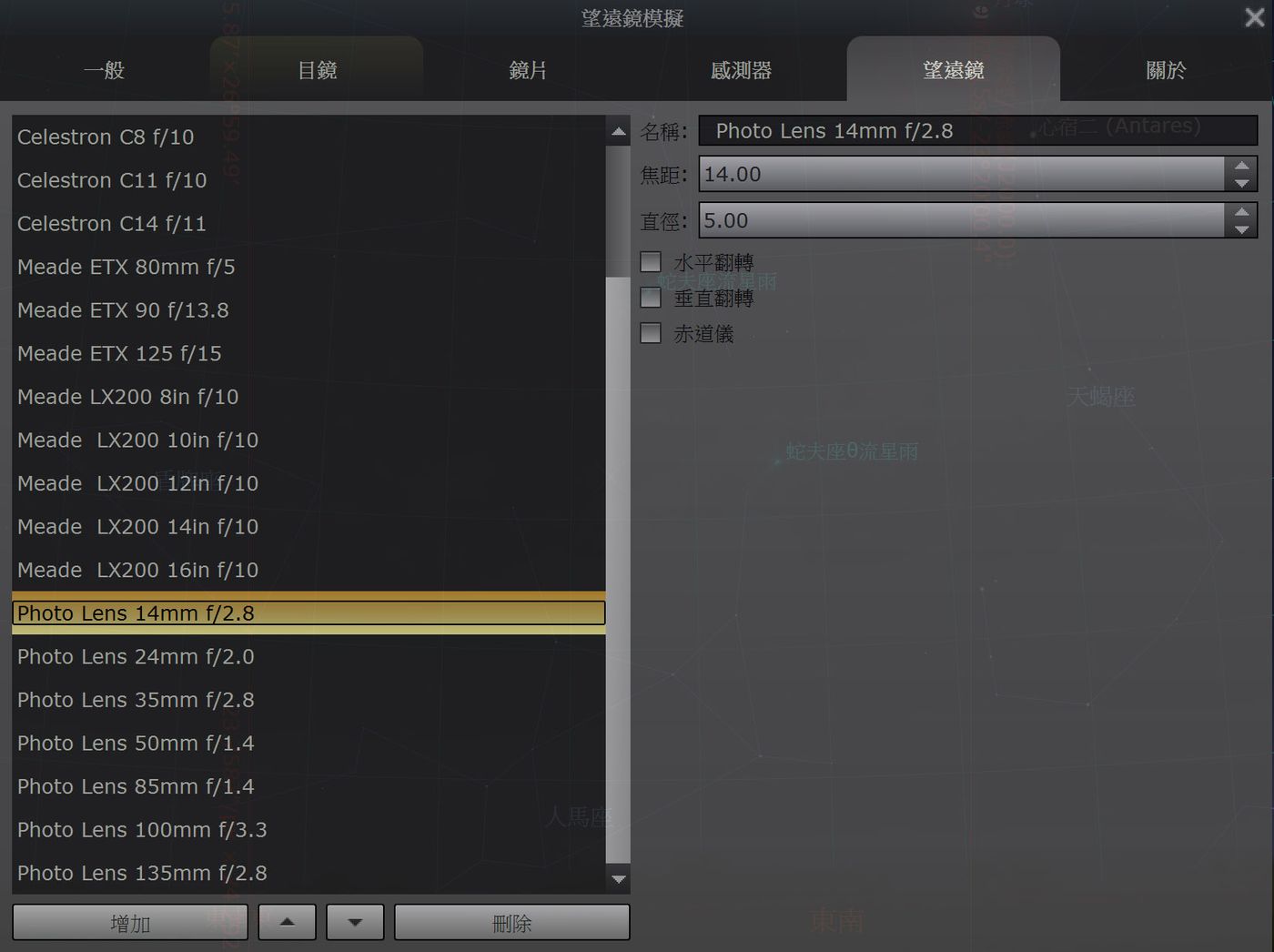
After setting, a red frame will appear on the screen, which is the viewing angle of your camera. If you need to convert it to a straight frame, you can click the dialog box in the upper right corner to adjust the angle.
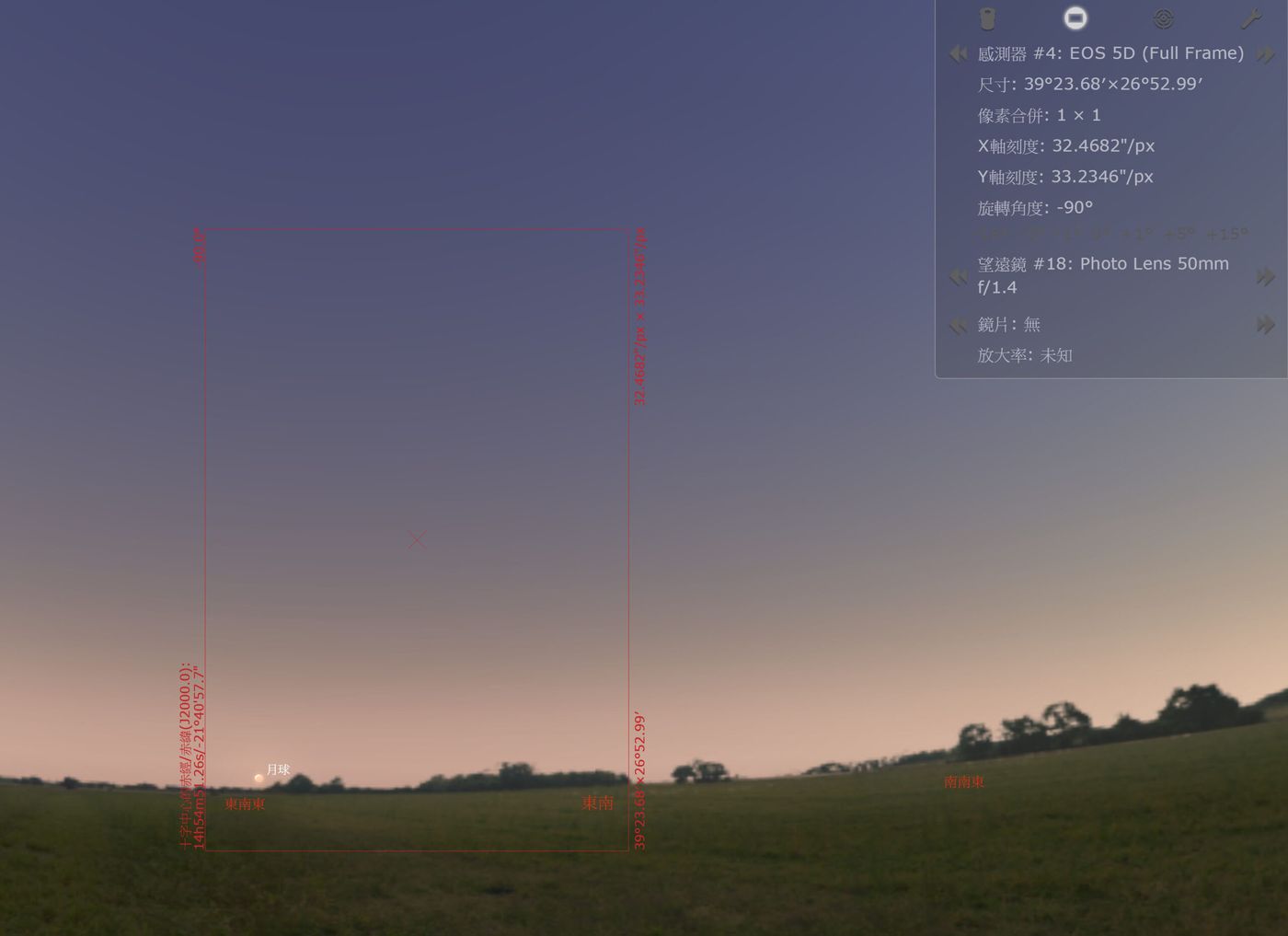
Then you can adjust the time axis below to see how far and in which direction the moon moves during the lunar eclipse, so you can simulate it before the actual shooting.
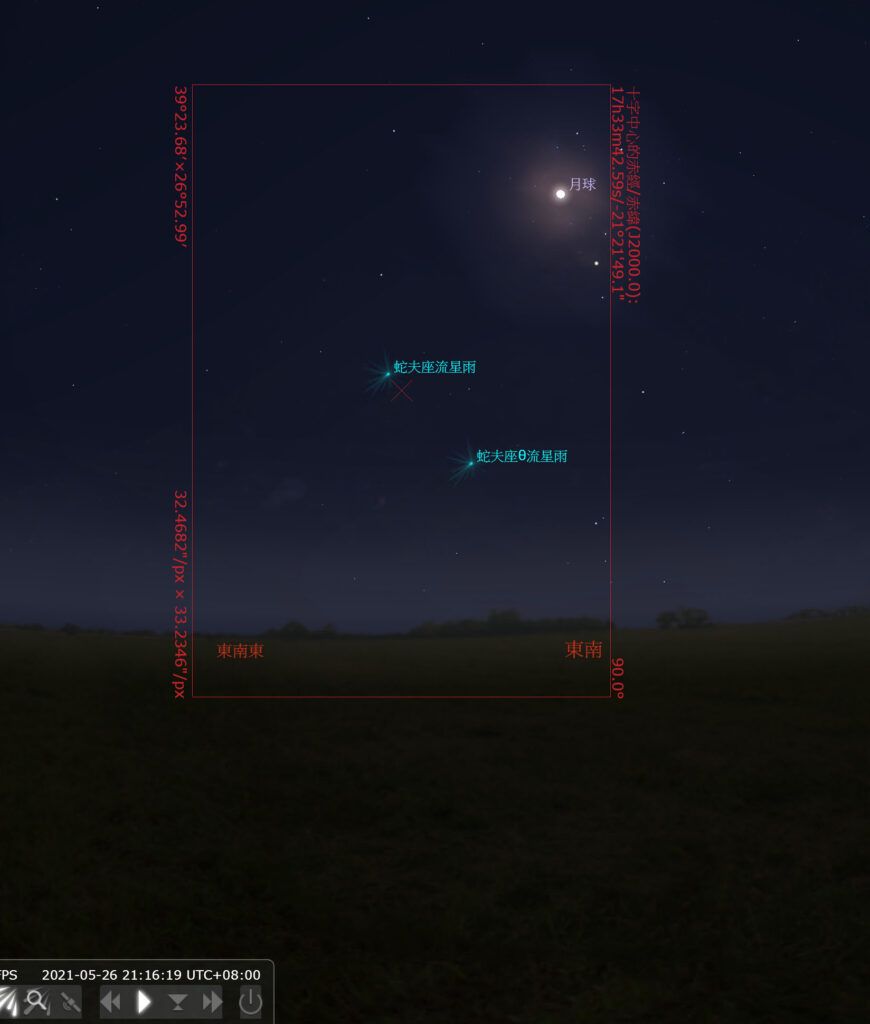
For example, if you use a 35mm full-frame camera + 50mm lens to shoot straight, just place the moon in the lower left corner of the screen when the moon is just rising, so that the moon will not run out of the screen until the end of the partial eclipse. Is it very simple?
I wish you all the best photos you can take, and remind everyone again that during the epidemic, reduce going out, avoid gatherings, and keep the green hills. Lunar eclipses happen every year.
Like my work? Don't forget to support and clap, let me know that you are with me on the road of creation. Keep this enthusiasm together!

- Author
- More